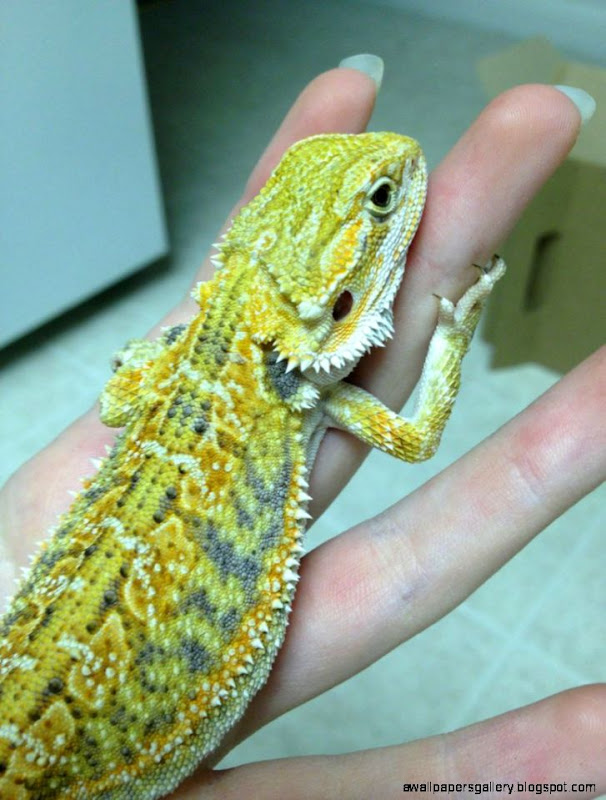Unlocking the Bearded Dragon Brain: Understanding Your New Pet
Welcome to the World of Bearded Dragon Ownership
You’ve just become the proud owner of a bearded dragon - congratulations! These scaly creatures are fascinating, low-maintenance pets that are easy to care for and watch as they go about their daily business. As with any pet, however, there is plenty to learn about them if you want to ensure their wellbeing and happiness. In this post, we’ll dive deep into the bearded dragon brain, giving you a better understanding of your new pet’s behavior and needs.
The Bearded Dragon Brain: Intelligent Creatures
As far as reptiles go, bearded dragons are pretty smart! They have relatively large brains for their size - even bigger than some mammals - and they are known for their curious, active, and social personalities. In the wild, bearded dragons have keen senses and a good memory that help them navigate their desert environment with ease. In captivity, these traits make them more interactive and entertaining pets than you might expect!

Understanding Bearded Dragon Behavior: The Aggressive Side
While bearded dragons are generally gentle, friendly creatures, they can exhibit aggressive behavior if they feel threatened or uncomfortable. Understanding the signs of aggression in your pet is important, both for your own safety and for the well-being of your pet. Here are some common signs of aggression in bearded dragons:
- type
- list-item
- value
- Hissing or puffing up their bodies to appear larger
- type
- list-item
- value
- Darkening or changing color (becoming black, for example)
- type
- list-item
- value
- Flattening their bodies and opening their mouths to make themselves appear more intimidating

Understanding Bearded Dragon Behavior: The Friendly Side
Now, let’s focus on some of the friendly behaviors your bearded dragon might exhibit! By understanding these behaviors and responding to them appropriately, you can build a stronger bond with your pet and ensure that they feel comfortable and safe around you. Here are some common signs of friendliness in bearded dragons:
- type
- list-item
- value
- Pushing their bodies up against you or sitting on your lap to bask in your warmth
- type
- list-item
- value
- Licking or nibbling at you (be careful with their sharp little teeth!)
- type
- list-item
- value
- Waving with one of their front legs (a sign of submission or greeting)
Creating An Enriched Environment for Your Bearded Dragon
Now that you understand a bit more about the bearded dragon brain, you can turn your attention to creating a comfortable and stimulating living environment for your pet. Here are some tips for doing just that:
- type
- list-item
- value
- Provide plenty of hiding spots and climbing areas, as bearded dragons like to explore and feel safe
- type
- list-item
- value
- Offer a varied diet of insects and greens, and make sure they have access to fresh, clean water at all times
- type
- list-item
- value
- Set up heat lamps and UVB lamps that mimic their natural environment and provide them with the right balance of heat and light

Conclusion
By understanding the bearded dragon brain and the behaviors associated with it, you can provide your pet with the best possible living environment and make sure they feel happy and comfortable in your care. With a little bit of knowledge and a lot of love, your bearded dragon will thrive as your newest family member. Happy pet-owning!
